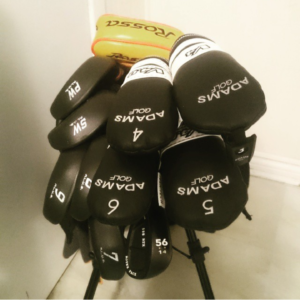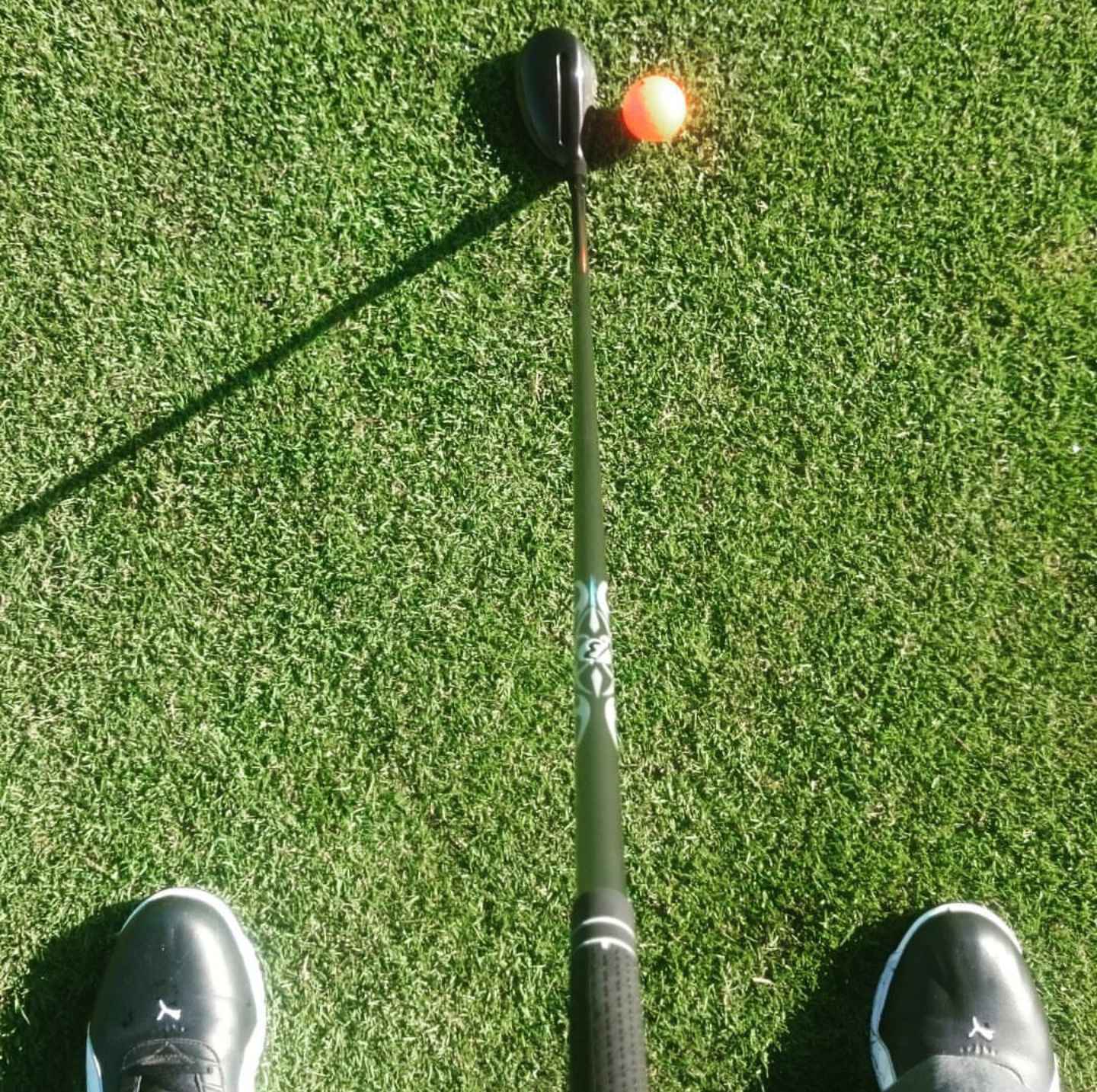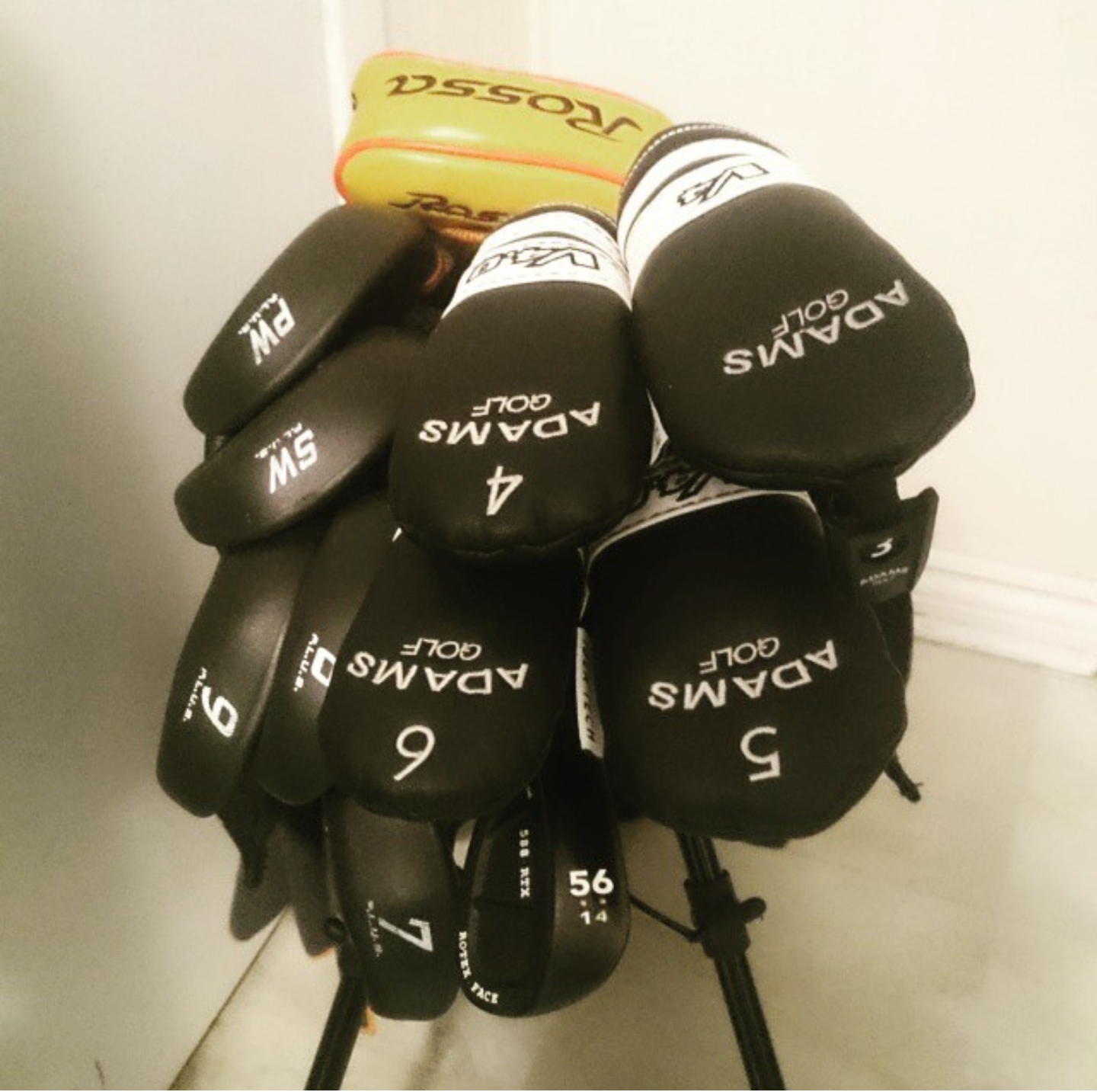Assembling your first Golf set
(if you haven’t read my previous Starting from Scratch posts, I strongly suggest that you do)
Hopefully you have done your homework. If you haven’t read it already. Take a moment to read my Starting from Scratch SS-3 post. It will properly prepare you to begin Assembling your first Golf set.
Golf clubs can be separated into 4 categories. Super Game Improvement, Game Improvement, Player Improvement, and Tour clubs in order of easiest to hit to most difficult. If you are only interested in becoming a casual golfer then I would suggest buying a complete Game Improvement set from Canadian Tire, or Walmart. For the most part everything these stores offer are in the Game Improvement category. They generally include a full selection of clubs from Sand Wedge all the way up to Driver. Plus they aren’t going to break the bank. Don’t sleep on the technology that goes into these sets either. The majority of these sets are inspired by the top companies previous designs from a few years back. Keep in mind that a popular set which can be found at big box stores is the Strata set. It’s actually made by Calloway. Wilson has some great entry-level mass market sets. You will probably come across some Dunlop sets as well, and they are made by the same company that makes Srixon. No one is going to judge you for playing any of those. Buy one of these sets and you are ready to go. Just head out to the range and start swinging. As an added bonus the big box stores have excellent return policies. If the set you picked doesn’t feel right. Just take it back to the store and pick another. You really can’t go wrong, or can you?
If you are a serious golfer the mass market sets can work for you as well. In this case I would suggest choosing a set that includes two or more Hybrid clubs, and possibly buying an additional Putter. Now if you are an obsessive golfer like me I would suggest a different route. As an obsessive golfer you should already know your top 3 current irons through simulator testing. If your budget allows. Head back to your local store and swing your top 3 irons a few more times until you’ve reached a winner. Then select the Hybrid/Irons combination set, and get fit for them. The majority of these sets end at Pitching Wedge, so choose a Sand Wedge to buy also. Which Sand Wedge you choose is entirely up to you. I’ve honestly hit about six different Sand Wedges on actual courses, and there wasn’t a considerable difference in performance. The one thing that my friends and I have noticed is that it’s easier to hit a cavity back wedge further with a full swing. If you would like to really simplify things for yourself in the beginning. You might consider buying a specialty Sand Wedge like the Cleveland Smart sole, or Calloway Sure Out Wedge. You could also head over to the Putter section of the store and take some time to select a Putter. I would strongly suggest against purchasing a Putter at this time though. Your first few months of practice should be spent at the Range or in a Simulator where Putters aren’t necessary.
What about Fairway Woods, and a Driver you ask? Forget about those for now as well. The swing required to hit them properly is different than your Iron swing. Learning both swings at the same time will only confuse things, and slow down your progress.
With a lower budget you can essentially begin your Golf set the same way. What you will do differently is once you’ve decided which set is your favourite. First check the clearance section of your local store for previous generations of that model. If they aren’t available then you can definitely find them online. That’s exactly what I did. After testing a few Super Game Improvement, and Game Improvement sets. I decided that the Adams Blue was the set for me. At that time my local retailer was selling the Hybrid/Irons set with Graphite shafts for $899.00. I found an earlier version of the set with the same characteristics online. They were on sale at a store in Ottawa for $199.00. The set included a 3Hybrid, 4Hybrid, 5Hybrid, 6Hybrid, 7Iron, 8Iron, 9Iron, Pitching Wedge, and Gap Wedge. This set was originally released in 2013. Two years previous to the Adams Blues. It didn’t come with a Sand Wedge so I eventually added a Cleveland Rotex 588 2.0 cavity back. I also went through 3 Putters in my first year because I didn’t know what was required in actually picking the right one. I’ll go over proper Putter selection in my next entry.

During my quest to select the right clubs I’ve tested so many. If any of you have any questions about particular clubs just ask. Also if you have recently made your first club selections. Please feel free to share why you chose the clubs.
Beginner’s guide to Golf


